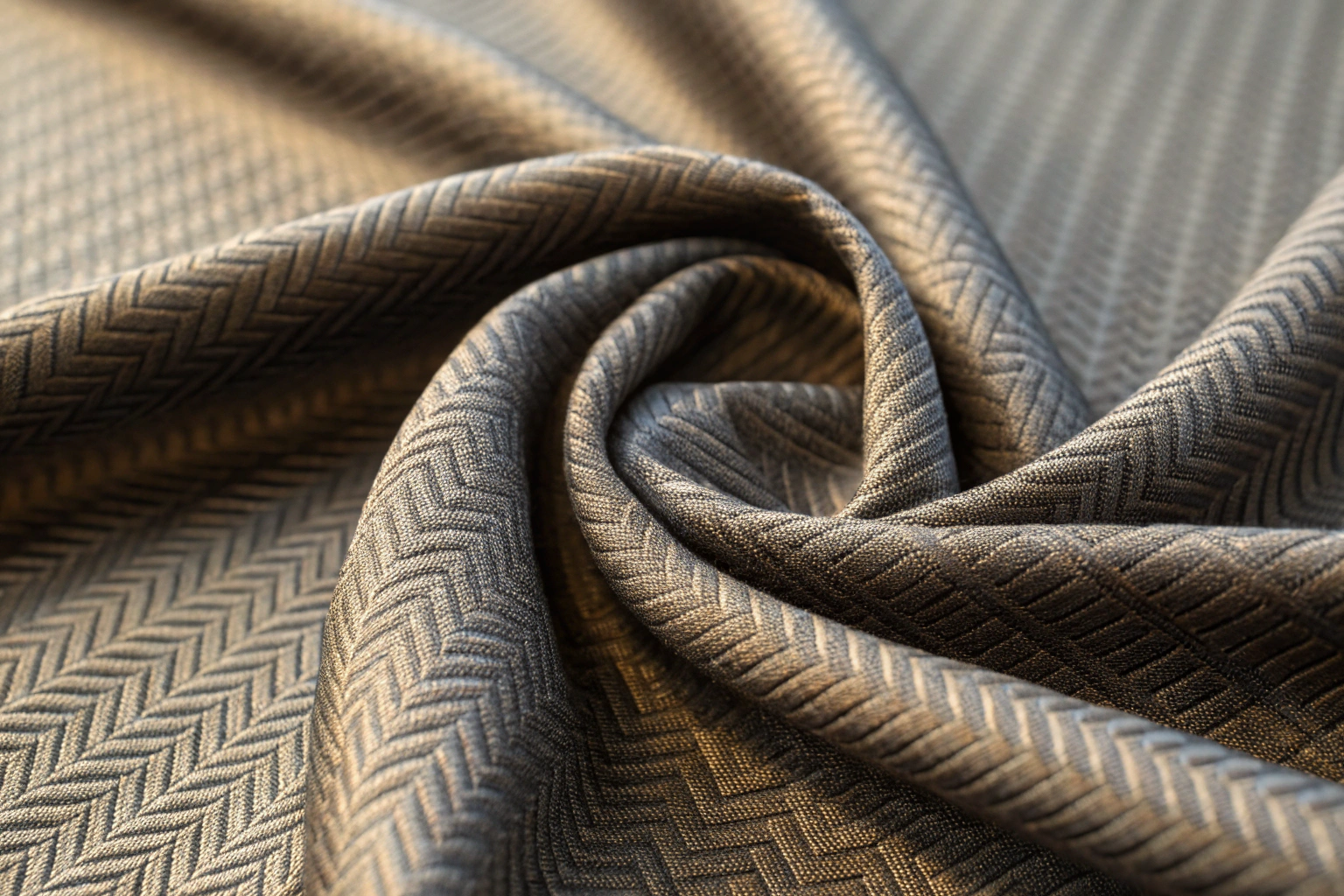Fabric construction plays a crucial role in determining a textile’s strength, texture, and appearance. Among the three primary weaving techniques—plain, satin, and twill—the twill weave stands out for its versatility. Its signature diagonal rib pattern not only makes it visually distinctive but also contributes directly to its durability and drape.
Twill weave fabric is known for being strong, wrinkle-resistant, and flexible, which makes it suitable for clothing like jeans, trousers, suits, jackets, and even upholstery. Understanding how twill works and when to use it allows both buyers and designers to select fabrics that balance performance with style.
What Defines a Twill Weave?
The defining feature of twill weave comes from how the yarns interlace. Instead of the simple “over one, under one” structure used in plain weave, twill follows a staggered pattern such as “two over, one under” or “three over, one under.” This stepwise shift produces visible diagonal ribs across the surface.
Because of this structure, twill fabrics are stronger and more flexible than plain weave fabrics, while also offering a unique texture.
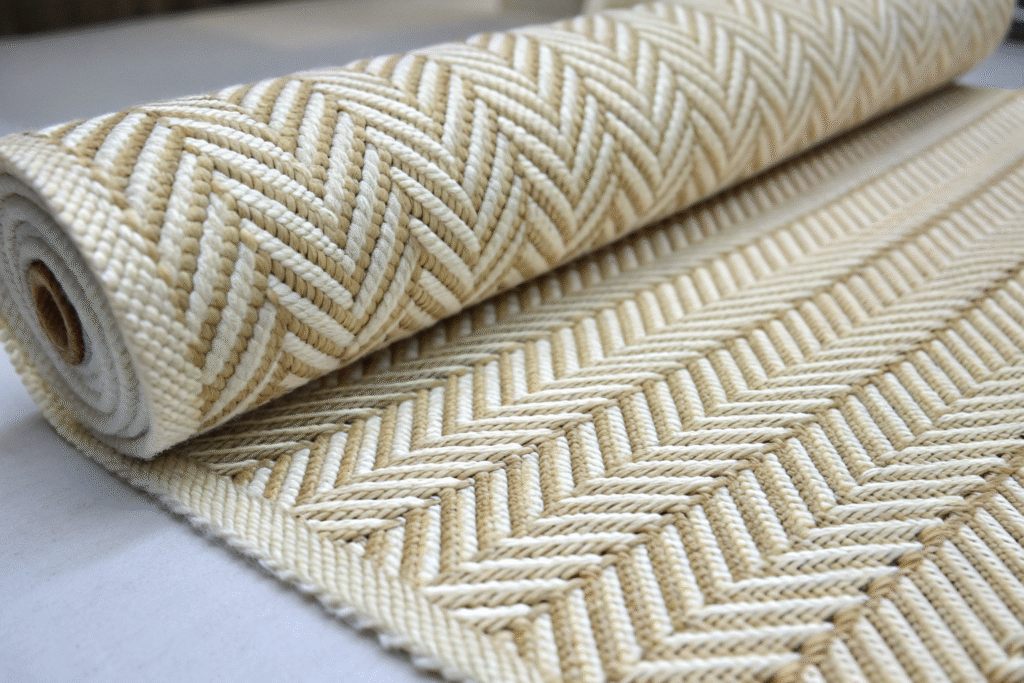
Key Features of Twill
- Diagonal Lines: Distinct visual ribs, usually running at a 45° angle.
- Durability: Dense construction resists abrasion better than plain weave.
- Drape: Falls more fluidly, giving garments a better silhouette.
- Wrinkle Resistance: Requires less ironing and maintains shape longer.
- Material Versatility: Can be woven with cotton, wool, polyester, or blends.
Because of this combination of qualities, twill has become a practical choice for both everyday wear and specialized applications.
What Types of Twill Fabrics Exist?
Twill weave is a technique, not a single fabric. Depending on the fiber used and finishing applied, twill can range from rugged workwear textiles to refined suiting fabrics.
This adaptability explains why twill is found in both casual clothing and formal garments.
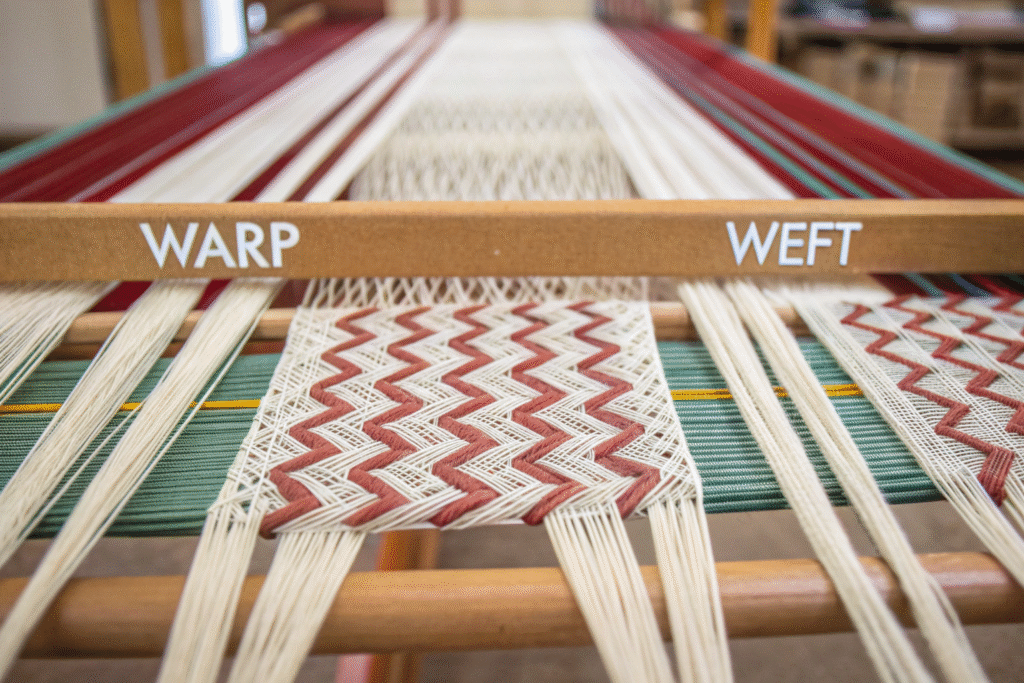
Common Examples of Twill Fabrics
- Denim: A heavy cotton twill with a colored warp and white weft, best known for jeans and jackets.
- Chino: A lightweight cotton twill often used for trousers and uniforms.
- Gabardine: A tightly woven twill, usually made of wool or cotton, favored for suits and coats.
- Drill: A strong cotton twill suited for uniforms and workwear.
- Herringbone: A twill variation with a zig-zag pattern, popular in coats and tailored jackets.
As Britannica notes, twill variations developed to meet both aesthetic preferences and practical needs, which explains their wide usage across different industries.
When Should You Use Twill Fabrics?
The choice to use twill fabrics depends on the requirements of the final product. Because the diagonal weave increases strength while maintaining drape, twill performs well in both rugged and elegant settings.
Twill should be used when long-lasting durability and good appearance are equally important.
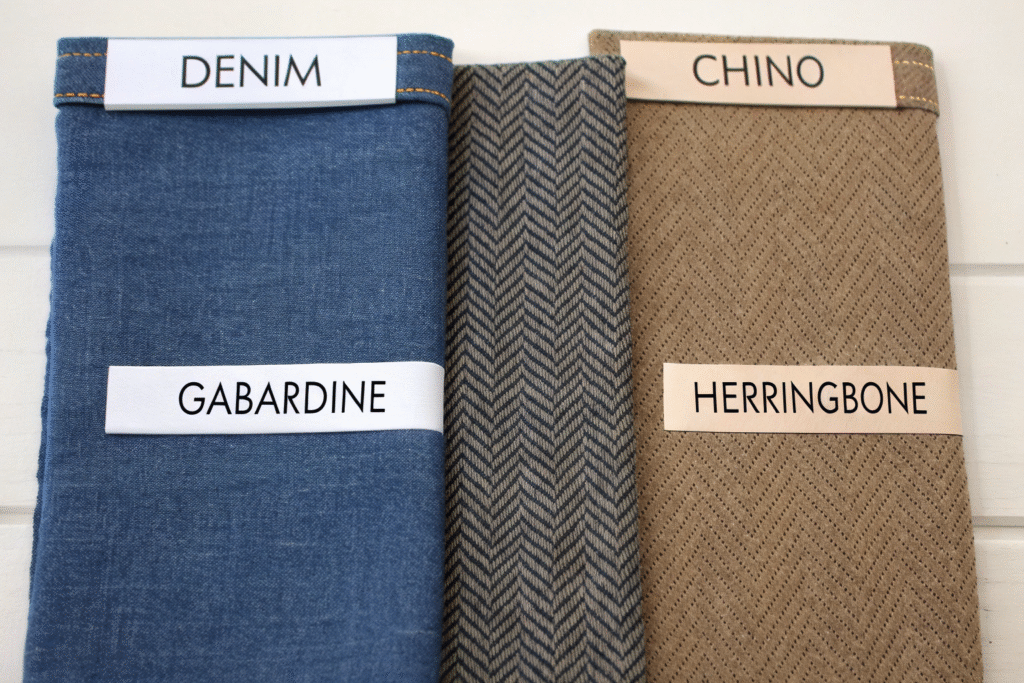
Practical Applications
- Durable Apparel: Denim jeans and work uniforms benefit from abrasion resistance.
- Formal Wear: Gabardine suits and trousers rely on twill’s drape for a professional look.
- Outerwear: Jackets and coats use twill for warmth and structure.
- Upholstery: Furniture fabrics rely on twill’s resilience to withstand heavy use.
- Accessories: Bags and hats often use twill to combine style with durability.
Because twill weaves balance performance and style, they remain a preferred choice for designers working in both fashion and functional textiles.
How Does Twill Compare to Other Weaves?
To fully understand twill’s advantages, it helps to compare it with the other two basic weaves—plain and satin. Each structure offers unique strengths, but twill often strikes the most practical balance.
Plain weave is simple but stiff, satin is elegant but delicate, while twill combines strength, flexibility, and wrinkle resistance.
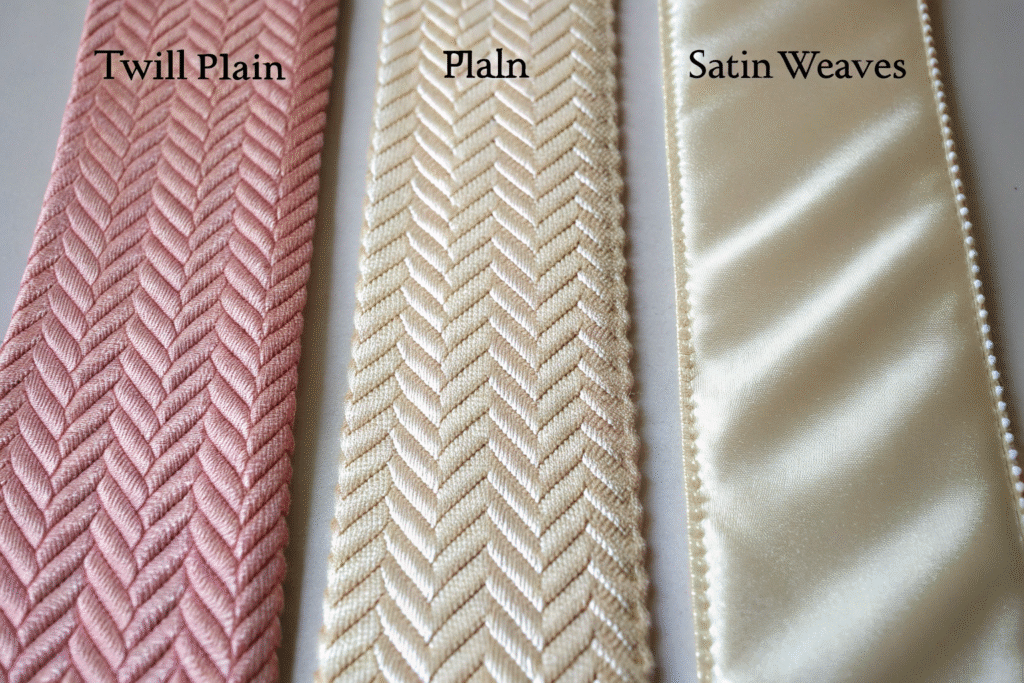
Comparison Table
| Feature | Plain Weave | Twill Weave | Satin Weave |
|---|---|---|---|
| Appearance | Simple criss-cross | Diagonal ribs | Smooth and glossy |
| Strength | Moderate | High, abrasion-resistant | Moderate |
| Drape | Stiff | Flexible, good drape | Soft, flowing |
| Wrinkle Resistance | Low | High | Moderate |
| Common Uses | Shirts, bed linens | Jeans, suits, upholstery | Evening gowns, ties |
This direct comparison shows why twill is often chosen for fabrics that must endure frequent use while still looking refined.
Conclusion
Twill weave fabric stands out because it blends strength with elegance. Its diagonal structure creates durability, drape, and wrinkle resistance that plain weave and satin cannot provide at the same level. This is why twill is used in everything from rugged denim jeans to refined gabardine suits.
You should consider twill fabrics whenever you need textiles that last long, maintain their shape, and offer a distinctive visual texture. At Shanghai Fumao, we provide high-quality twill fabrics in cotton, wool, polyester, and sustainable blends to meet the needs of both fashion and industrial buyers. To explore sourcing options for your next collection, contact our Business Director Elaine at elaine@fumaoclothing.com.

